You are probably thinking of owning a pet, or you already have one, and you are trying to find out how to go about your pet budget.
Maybe you want to know what you are up against before taking the plunge, or you are looking for ways to cut costs on your pet care.
Whatever the case, owning a pet can cost you anywhere from $500 to $2000 a year, so you need to get ready. Nevertheless, pets are more than just animals.
For people who genuinely love pets, they are more like friends, and so they are worth more than every penny you have to spend on their care needs.
Bringing a pet into your home as a new family member is as exciting as it is tasking. You need to understand the kind of commitment required of you in order to keep that pet.
Just as there are different types of pets available, the costs also vary.
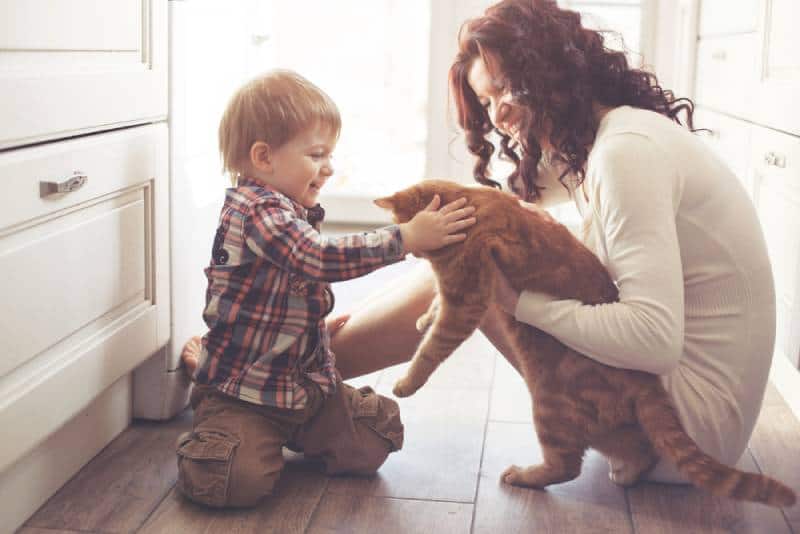
You need to keep a budget for your small friend if you don’t want to lose your sweet little cat; your cute, cuddly dog whom you have gotten so attached to; your little goldfish; or your exotic bird because you can’t afford to take care of it.
Dogs and cats are the most popular pet options available.
Owning one will involve two cost areas: the initial cost, which includes adoption costs, training, vaccination, etc., and the general costs over the lifetime of your pet such as food, routine vet visits, toys, etc.
Add up the costs from these two areas, and you’ll have a rough estimate of what your pet would cost over its lifetime.
One of the first pet expenses is the adoption or purchase price. The demand for a breed influences the price of purchasing that particular breed from a breeder.
However, breeders are selective of the animals they breed.
Animals with behavior or medical/health problems don’t make it. Also, breeders boast about knowing the animal’s temperament and pedigree and can match potential owners with breeds that best suit their lifestyles.
You may also want to consider adopting from a shelter if you are budget-minded, but most shelter cuties aren’t free.
Shelters give a wellness exam, test for major medical problems, spray or neuter, deworm if there’s a need for that, microchip and administer a full set of vaccines.
If you have to pay for these expenses yourself, it could cost you as much as $400 to $800.
The initial cost of purchasing a pet is just very little compared with the price that comes with owning one. Other costs associated with pet ownership are:
- Medical costs: medical expenses are arguably the leading expense when it comes to pet ownership. This includes routine vet visits, vitamins, dental care, flea and heartworm treatments, preventative medications, emergency treatments, and pet insurance (if you decide to take it up).
- Grooming costs: grooming can be a major expense or a minor one depending on the breed of cat or dog you own. Short-haired breeds require less grooming than long hair breeds.
- Food costs: a large part of your annual pet budget would go to pet food. Nonetheless, your pet does not need to have the most expensive food. The factor for determining the quality of pet food is not the price, so do your research, and find what suits your pet’s needs and the household budget.
- Equipment costs: equipment expenses depends solely on personal circumstances. The costs vary largely depending on the pet owner. You may decide to keep your pet indoors, which would require only a few toys, food, and water bowls or fence-in your backyard, which can cost over $1,000 on the average.
- Training costs: Training costs are optional. Most cats don’t require training, so cat owners likely won’t have to spend on training; however, dog owners can either handle their pet’s training themselves or pay for training. People who have owned pets in the past can handle their dog training themselves unless the pet is a difficult breed. You can find a number of apps, videos, and training tips online to help you with the training. For new pet owners, the cost of professional training is worth it. Training your pet reduces issues with the dog’s behavior and would save you the future costs of medical treatments or a lawsuit if the dog bites someone.

Here’s how much a pet dog ownership can cost you
Initial Expenses
[wptb id=4122]
Monthly Expenses
[wptb id=4124]
Annual Expenses
[wptb id=4126]
Possible Extra Expenses
[wptb id=4128]
The cost for a cat ownership
Initial Expenses
[wptb id=4130]
Monthly Expenses
[wptb id=4133]
Annual Expenses
[wptb id=4134]
Possible Extra Expenses
[wptb id=4135]
Budgeting for Pet Ownership
Here are six important things to consider to help you manage your pet budget:
1. Sinking Fund
There are expected expenses that come up annually such as that annual vet visit you have to make. Not planning for such expenses in advance can mess up your budget.
Find out how much you need for that expense and divide the amount by twelve months.
The amount you get is what you need to put in the fund each month against that expected expense.
This way, you’ll be ready to pay in cash when it’s time to pay the bill.

2. Emergency Fund
You can run into emergencies with your pet just as with your kids.
If you’ve already made provisions in your budget for the standard pet care cost, you should also keep potential emergencies in mind.
There could be an emergency vet bill you have to pay, so it’s essential to have a pet emergency fund to cover you in such financial situations.
You have probably heard of pet insurance policies. You may want to consider that; however, if your pet lives an uneventful and healthy life, it would mean that you paid for no reason at all.
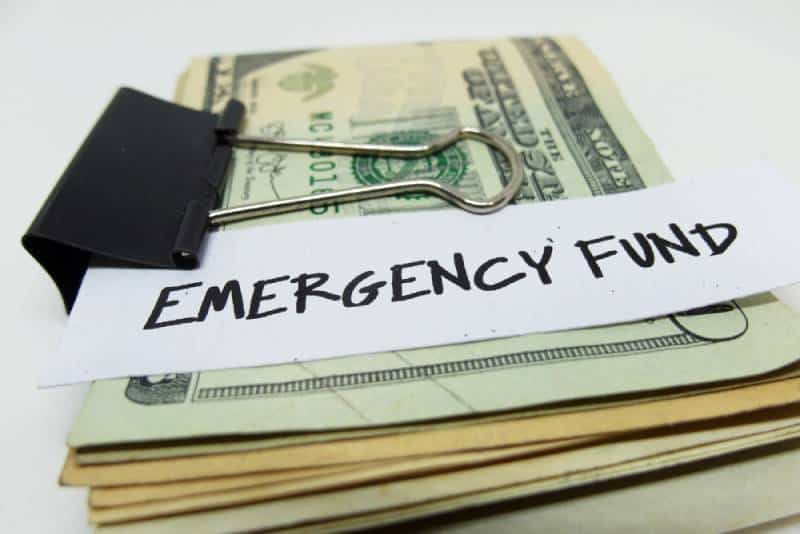
3. Budget Line
You can easily get carried away while trying to treat your furry friend as deserved. It’s important to set a budget line to help you keep your pet budget in check.
Also, track all your pet costs and make sure you don’t overspend.

4. Home Preparation
Dogs have tendencies to get into trash cans and food storage. Kittens climb, and puppies chew. It’s essential to prepare your home first.
Consider rearranging furniture and expensive or sentimental accessories, and ensure that all hazards are locked up before your furry friend arrives.
Keep attractive nuisances and items that can serve as impromptu chew toys away from your pet’s territory.
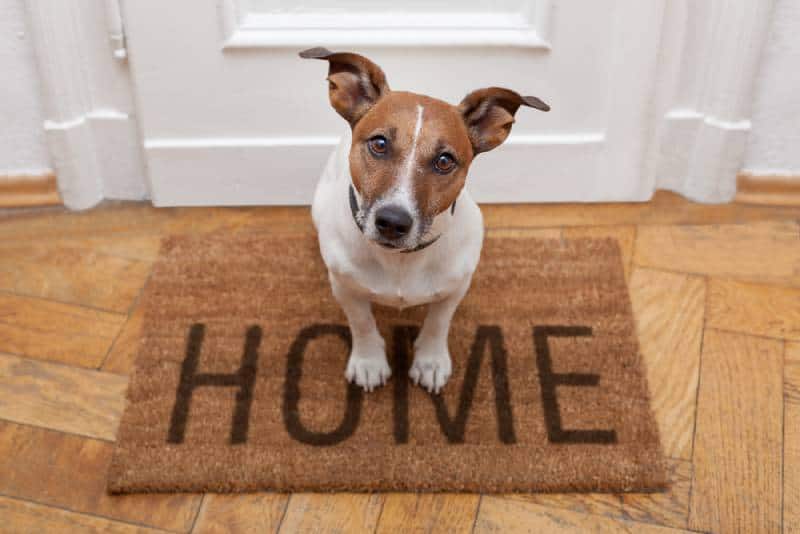
5. Allergy Medications
You’ll need an allergy medication if you are allergic to cats but still want to own one. You can get lower-end allergy medications for as little as $5 for a pack of 48 pills.
However, more potent drugs may require doctor visits and prescriptions.It’s also necessary to consider treatment for pet-inflicted injuries like scratches or bites from overly playful pets.
Consider this potential cost when making your budget.

6. Priorities
Keeping your furry friend healthy and happy comes at a price. You need to be willing to make the necessary sacrifices.
Find out aspects of your lifestyle where you are currently overspending, and cut back a little so as to save some money for your pet’s care expenses.
If you can’t cut back on any of your habits so you can afford your pet, then maybe you are not ready to keep one yet.

Tips to Help You Save Money on Pet Expenses
- Purchase your pet grooming tools and do the work from home. By making the initial investment in the tools and doing the grooming yourself, you won’t have to keep paying for your pet’s grooming all through their lifetime. Trimming your pet’s nails and brushing their hair at home can help you save $50 per month.
- For your pet’s poop, reuse the bags from your grocery store instead of buying designer bags and filling them with poop. If your pet needs more than the supply you get from your grocery store, you can get cheap bags from your local store.
- Just as you would save on your own food, you should also utilize ways to save on your pet’s food. Buying in bulk will save you money. Also, look out for when your pet’s favorite kibbles go on sale and stock up as much as you can.
- When picking your vet, don’t just choose the one close to home. Check multiple locations and enquire from your friends that own pets for someone who offers great prices along with excellent pet-side manners.
- Shop around for the brands of medicine recommended by your vet. Check online too. You may find the medicine at a lower cost if you just search.
- You may also want to consider an adult dog over a puppy. In many cases, grown dogs have already undergone the needed veterinary care procedures and may need less training, thereby bringing down the pet costs considerably.
- Look out for used pet supplies from yard sales and local swap sites that offer supplies your pet needs. Some pet owners may want to sell off used equipment once their dog is done with training. Depending on your dog’s size, and the type of crate you choose, new crates can cost up to $250; however, you can save some money by buying second-hand crates.
- Take disease prevention seriously. The costs of preventing illnesses and diseases are always less than the costs of treating such conditions. Give special attention to your pet’s health care needs and well-being. Ensure that your pet makes routine vet visits, gets enough exercise, and find out the signs and symptoms of serious problems. You can significantly reduce medical care costs if you monitor your pet’s health and address potential issues before they develop into something more serious.
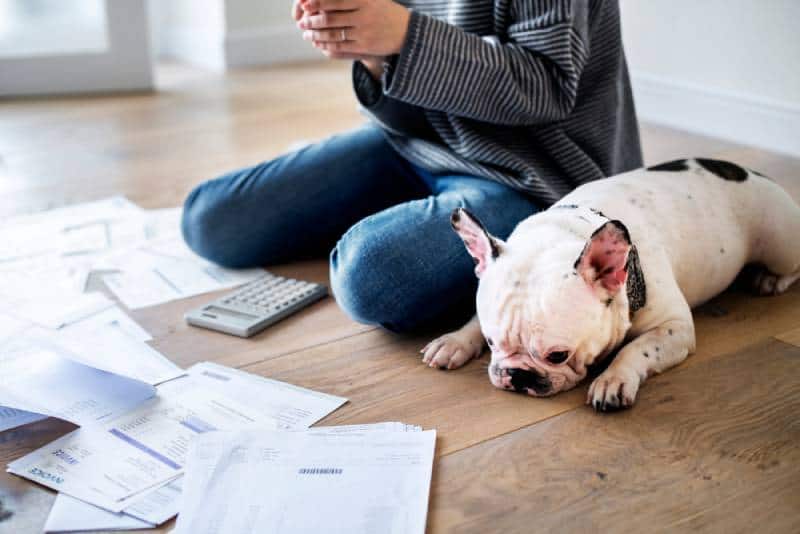
If you are a lover of animals as well as a budget-minded person, you’ll find the tips discussed here useful in helping you keep your furry friend and still avoid cutting a hole in your pocket.
You’ll also know what you need to do as a pet parent, as well as make sure you are ready for that cute little sweet best friend before bringing it home.
READ NEXT: 8 Good Pets For Kids And 8 Things To Consider Before Buying One
Like this article? Please share or pin it for later. You can also stay in the loop and follow me on Facebook, Instagram or Pinterest.
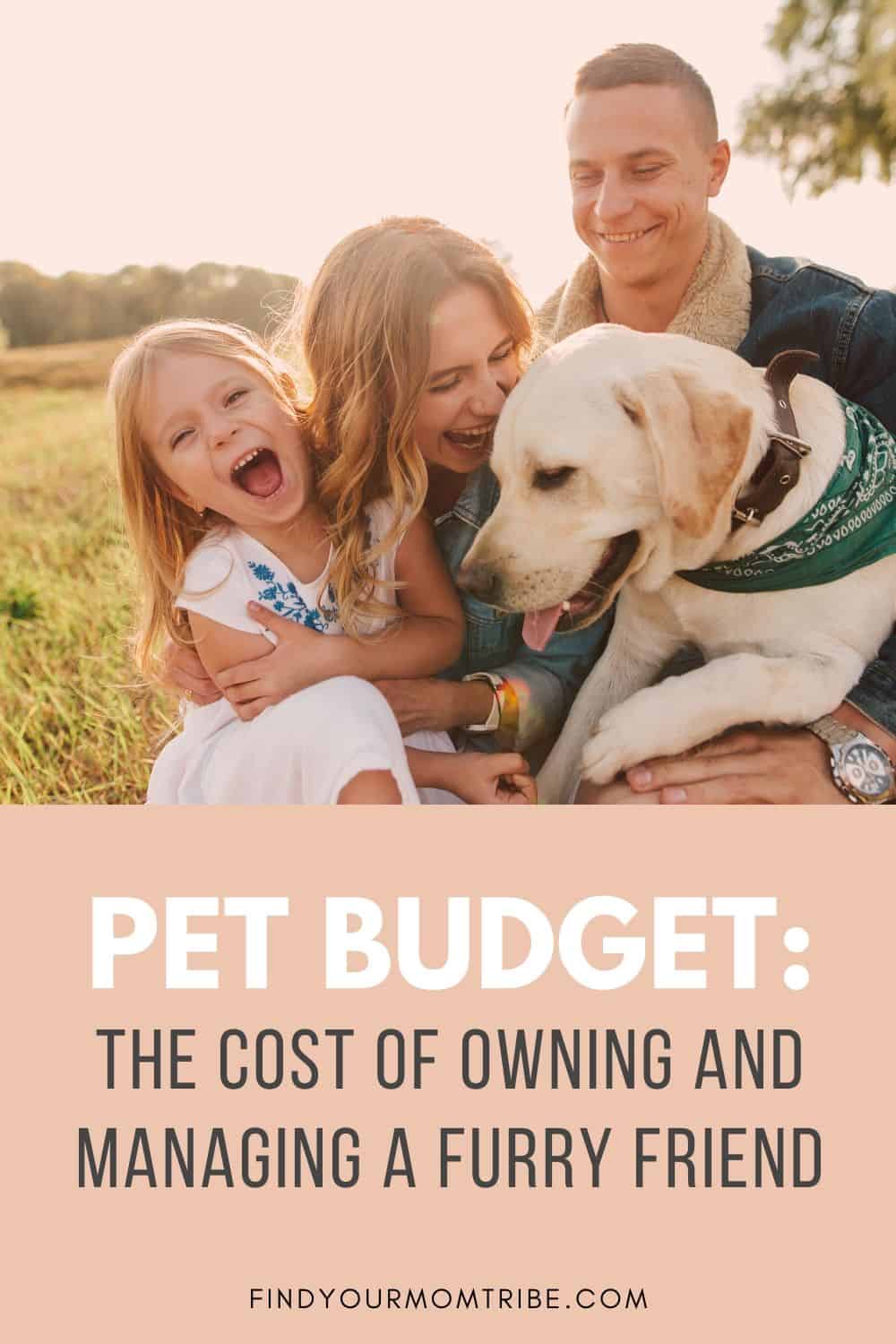
This post contains affiliate links. Please see our full disclosure for more info.

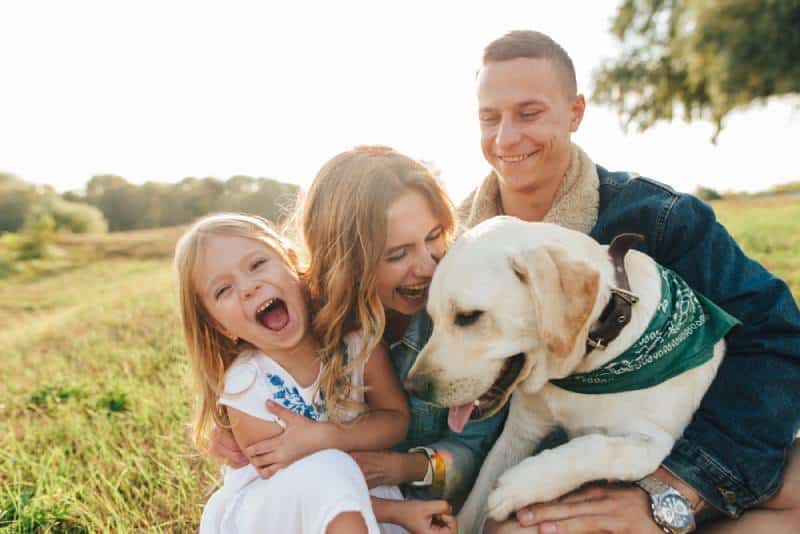
Wild & Snug
Monday 12th of February 2024
⚡️Buy CRATE COVERS at Wild & Snug ⚡️ 10% Discount Code for NEW customers ✓ FREE SHIPPING on UK orders over £30.00 ✓ Stocked in the UK ✓ Beautiful Designs for your home and dog ✓ . High quality dog cage covers, UK dog crate cover and cage covers, luxury, high quality materials. Available in Small, Medium and Large Sizes